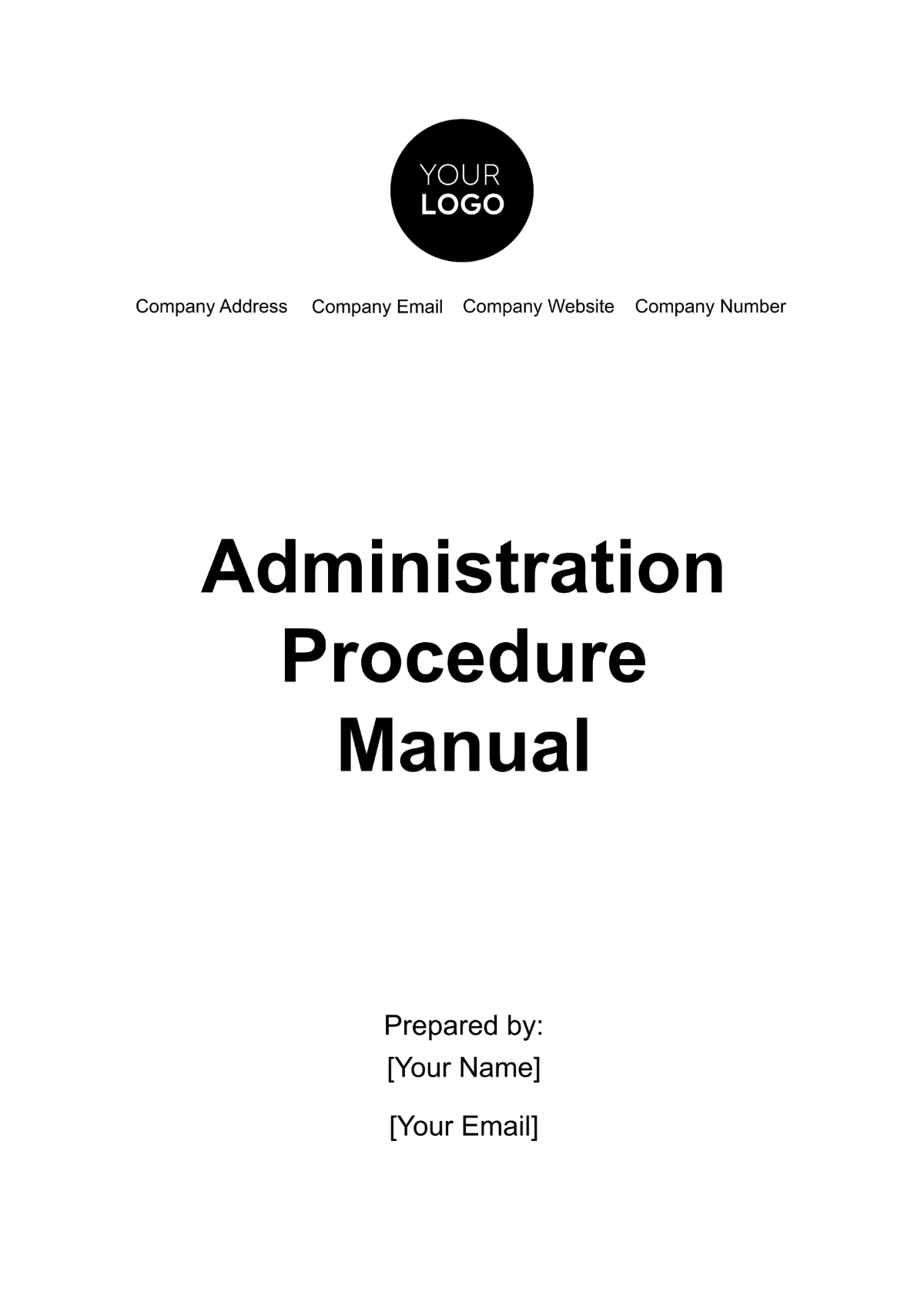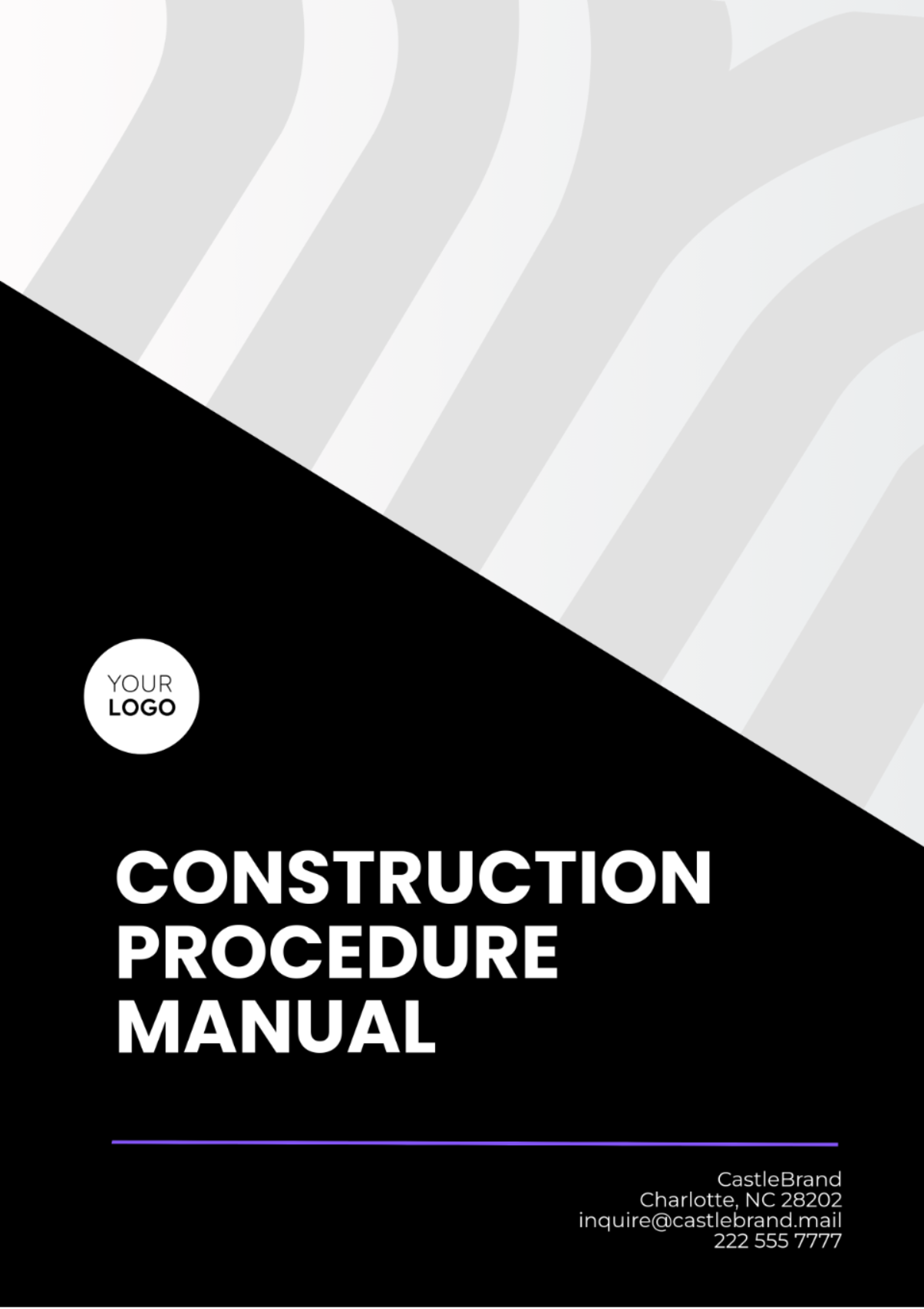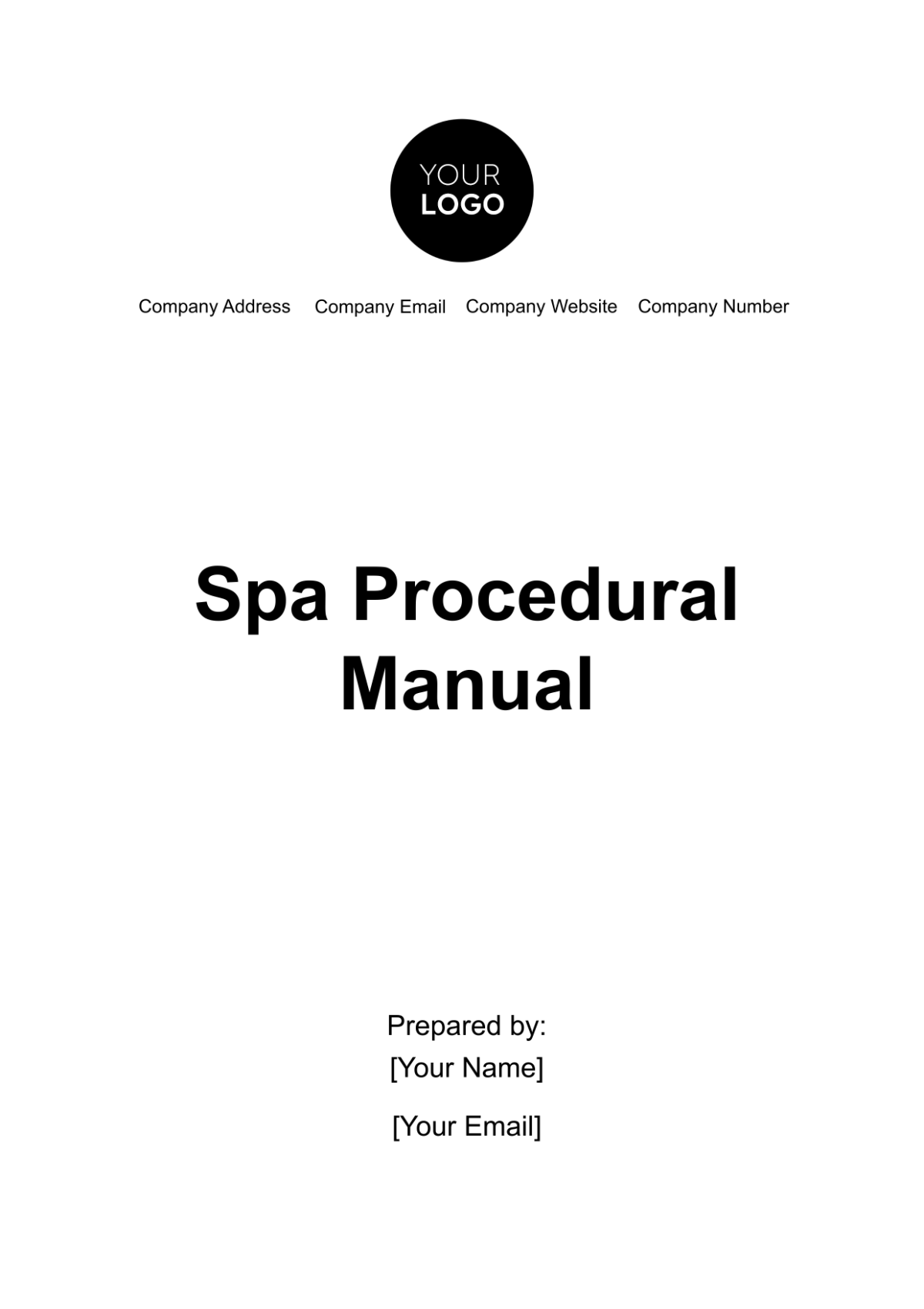Quality Control Manual
NAME: | [YOUR NAME] |
|---|---|
COMPANY: | [YOUR COMPANY NAME] |
DEPARTMENT: | [YOUR DEPARTMENT] |
DATE: | [DATE] |
I. Introduction
Welcome to the [YOUR COMPANY NAME] Quality Control Manual, designed to ensure consistent quality across all aspects of our operations. This manual outlines the principles, procedures, and responsibilities necessary to maintain high standards in product and service delivery. [YOUR NAME] from [YOUR DEPARTMENT] has compiled this comprehensive guide to streamline our quality control processes.
Quality control is crucial for [YOUR COMPANY NAME] as it directly impacts customer satisfaction, product reliability, and overall business success. By adhering to the guidelines outlined in this manual, we aim to uphold our reputation for excellence and continually improve our processes.
II. Quality Policy
At [YOUR COMPANY NAME], we are committed to delivering products and services that meet or exceed customer expectations. Our quality policy reflects this commitment:
Customer Focus: We prioritize understanding and fulfilling customer needs and expectations.
Continuous Improvement: We strive for ongoing improvement in all aspects of our operations.
Employee Involvement: Every team member is responsible for maintaining and improving quality.
Compliance: We comply with all relevant regulations and standards to ensure product safety and reliability.
III. Quality Control Procedures
A. Incoming Materials Inspection
Proper inspection of incoming materials is essential to ensure the quality of our products. Follow these steps:
Receiving: Upon arrival, materials must be received by the designated personnel.
Documentation: Verify that accompanying documentation matches the received materials.
Physical Inspection: Inspect materials for damage, defects, or discrepancies.
Sampling: If applicable, take representative samples for further testing.
Acceptance Criteria: Compare inspection results against predefined acceptance criteria.
Reporting: Document inspection findings and any deviations from acceptance criteria.
B. In-Process Quality Control
Quality control is an ongoing process throughout production. Here's how to maintain quality at each stage:
Monitoring: Continuously monitor key parameters and metrics during production.
Sampling: Take samples at regular intervals to check for conformity to specifications.
Adjustment: Make necessary adjustments to processes to maintain quality standards.
Documentation: Record all quality control activities and results for traceability and analysis.
IV. Quality Control Responsibilities
Quality control is a collective effort involving various departments and personnel. Key responsibilities include:
Management: Establishing quality objectives, allocating resources, and providing leadership.
Quality Control Team: Performing inspections, testing, and analysis to ensure compliance with standards.
Production Team: Following established procedures and notifying quality control of any deviations.
Procurement Team: Verifying supplier quality and ensuring materials meet specifications.
Training: Providing regular training and development opportunities to enhance quality awareness and skills.
V. Corrective Actions
Despite our best efforts, deviations from quality standards may occur. It's crucial to address these promptly and effectively:
Identification: Identify the root cause of the deviation through investigation and analysis.
Containment: Take immediate action to prevent further non-conformities and ensure product safety.
Corrective Action: Develop and implement corrective measures to address the root cause and prevent recurrence.
Verification: Verify the effectiveness of corrective actions through testing and monitoring.
Documentation: Document all corrective actions taken and maintain records for future reference.
VI. Documentation and Records Management
Proper documentation and records management are essential components of our quality control system:
Record Keeping: Maintain accurate records of all quality control activities, including inspections, tests, and corrective actions.
Documentation Control: Ensure all documents, including procedures, work instructions, and specifications, are controlled and up-to-date.
Retention: Store records securely and retain them for the required period as per regulatory requirements.
Accessibility: Make documentation accessible to relevant personnel while maintaining confidentiality and data integrity.
VII. Training and Development
Investing in training and development is crucial for maintaining a skilled workforce and upholding quality standards:
Training Needs Analysis: Identify training needs based on job roles, responsibilities, and skill levels.
Training Programs: Develop and implement training programs to enhance quality awareness and technical skills.
Continuous Learning: Encourage continuous learning and skill development through workshops, seminars, and online resources.
Competency Assessment: Regularly assess employee competency to ensure they are equipped to perform their roles effectively.
VIII. Audits and Reviews
Regular audits and reviews are conducted to assess compliance with quality standards and identify areas for improvement:
Internal Audits: Conduct regular internal audits to evaluate the effectiveness of quality control processes and identify non-conformities.
Management Reviews: Hold periodic management reviews to assess the overall performance of the quality management system and make necessary improvements.
Corrective Actions: Take corrective actions based on audit findings and management review outcomes to address deficiencies and prevent recurrence.
Continuous Improvement: Use audit and review results to drive continuous improvement initiatives across the organization.
IX. Supplier Quality Management
Ensuring the quality of materials and components sourced from suppliers is vital for maintaining product quality:
Supplier Selection: Evaluate potential suppliers based on their quality management systems, capabilities, and track record.
Supplier Audits: Conduct periodic audits of suppliers to assess their compliance with quality standards and contractual requirements.
Supplier Performance Monitoring: Monitor supplier performance regularly and address any issues or deviations promptly.
Collaboration: Collaborate closely with suppliers to resolve quality-related issues and drive continuous improvement.
X. Conclusion
In conclusion, the [YOUR COMPANY NAME] Quality Control Manual serves as a comprehensive guide to maintaining and improving quality across all aspects of our operations. By adhering to the principles, procedures, and responsibilities outlined in this manual, we demonstrate our commitment to delivering products and services of the highest quality to our customers.

















































